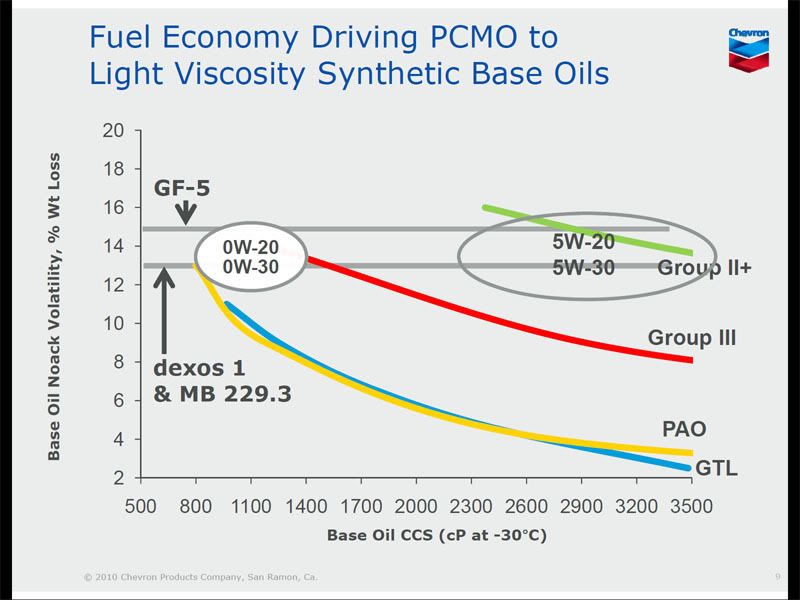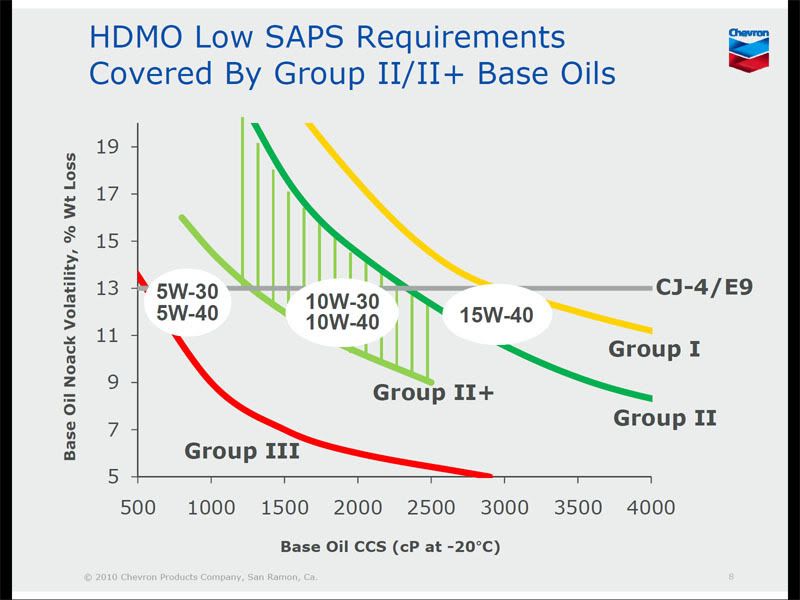Originally Posted By: weebl
Originally Posted By: Gokhan
There were several concentric C's molded at the bottom of the bottle.
You mean this? http://en.wikipedia.org/wiki/CCC_mark It simply indicates the product is approved for sale in China, similar to the CE mark on products approved for sale in Europe. These say nothing about who makes it or where it was made.
Oh, no, they were "concentric" Cs, probably the mark of the plastic-bottle manufacturer.
I just checked my bottle of SM Mobil 1 0W-20 and Mobil Delvac 1300 Super 15W-40 -- both are "G" bottles. Toyota 5W-20 SN was also a "G" bottle.
Bottle experts? Toyota Genuine Motor Oil experts? Discuss. Also explain the evidence for Exxon - Mobil make.
Originally Posted By: Gokhan
There were several concentric C's molded at the bottom of the bottle.
You mean this? http://en.wikipedia.org/wiki/CCC_mark It simply indicates the product is approved for sale in China, similar to the CE mark on products approved for sale in Europe. These say nothing about who makes it or where it was made.
Oh, no, they were "concentric" Cs, probably the mark of the plastic-bottle manufacturer.
I just checked my bottle of SM Mobil 1 0W-20 and Mobil Delvac 1300 Super 15W-40 -- both are "G" bottles. Toyota 5W-20 SN was also a "G" bottle.
Bottle experts? Toyota Genuine Motor Oil experts? Discuss. Also explain the evidence for Exxon - Mobil make.







